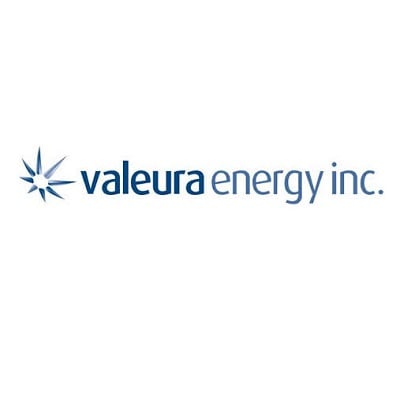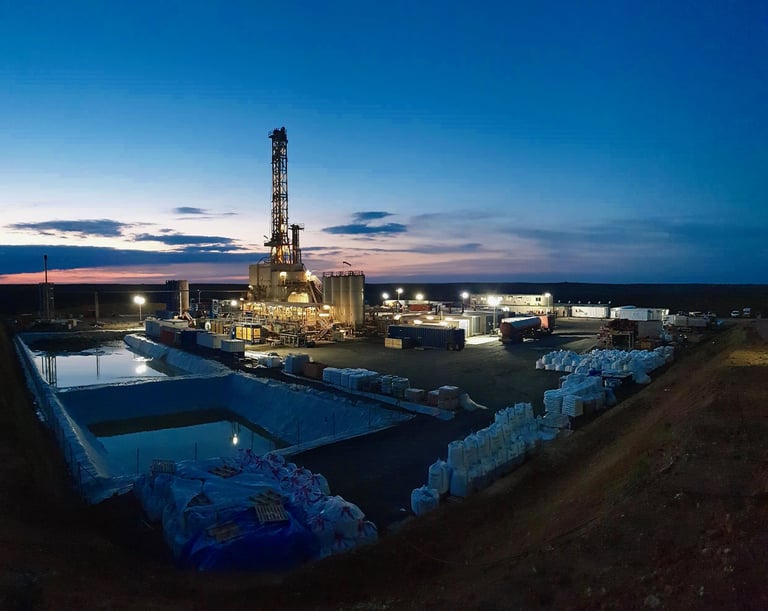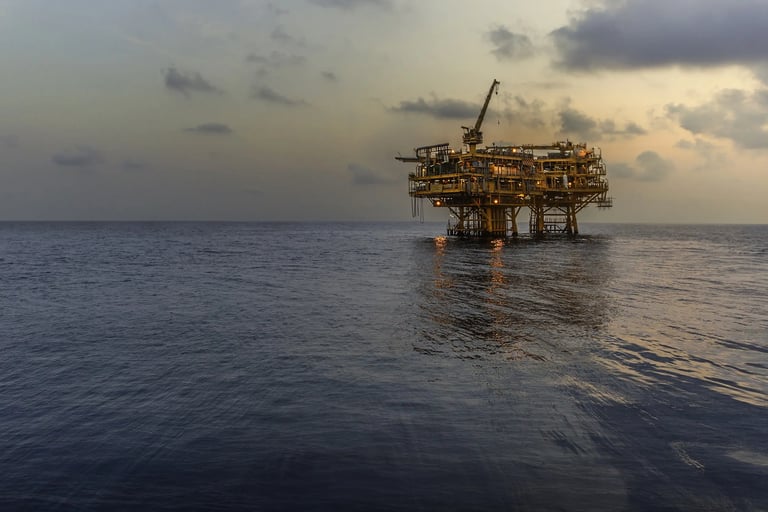Natural gas futures have ascended to a one-month high, propelled by a confluence of factors including escalating summer cooling demand, record liquefied natural gas (LNG) exports, and a tightening supply landscape. This upward trajectory signals a pivotal shift in the energy market, presenting compelling opportunities for investors attuned to evolving commodity dynamics.
In mid-May, U.S. natural gas futures for June delivery climbed to approximately $3.80 per million British thermal units (MMBtu), marking the highest level since early April. This 4.5% weekly gain is attributed to forecasts predicting above-normal temperatures across significant regions of the United States, thereby amplifying expectations for increased electricity consumption due to air conditioning needs. The National Oceanic and Atmospheric Administration (NOAA) anticipates that the eastern half of the U.S. will experience warmer-than-average conditions through mid-May, further bolstering demand projections.
Concurrently, LNG exports have reached unprecedented levels, with feedgas deliveries to export terminals hitting record highs. This surge is driven by robust international demand, particularly from Europe and Asia, where prices remain elevated compared to U.S. benchmarks. The expansion of U.S. LNG infrastructure, including facilities like Cheniere Energy’s Corpus Christi and the Plaquemines LNG project, has facilitated this growth, positioning the U.S. as a dominant player in the global LNG market.
On the supply side, U.S. dry natural gas production has experienced a slight decline, averaging 103.4 billion cubic feet per day (Bcf/d) in early May, down from April’s record of 105.8 Bcf/d. This reduction is partly due to maintenance activities at key facilities and a decrease in associated gas production linked to lower crude oil prices. Despite this, storage levels remain approximately 3% above the five-year average, providing a buffer against immediate supply concerns.
The Energy Information Administration (EIA) projects that natural gas prices will continue to rise, forecasting an average of $4.20/MMBtu in the third quarter of 2025. This outlook is supported by expectations of sustained LNG export growth and increased domestic consumption driven by the power sector’s seasonal demand. However, the EIA also notes that higher prices may temper natural gas usage in electricity generation, potentially leading to a modest shift towards alternative energy sources.
From a technical perspective, natural gas futures have broken through key resistance levels, with analysts identifying the $3.75/MMBtu mark as a significant threshold. The recent rally, characterised by shallow pullbacks and strong buying momentum, suggests a bullish trend that could extend towards the $3.95/MMBtu resistance zone. Market participants are closely monitoring these developments, as sustained price increases could influence production decisions and investment strategies within the energy sector.
The convergence of heightened summer demand, record LNG exports, and a tightening supply environment has propelled natural gas futures to a one-month high. This dynamic landscape offers investors a nuanced perspective on the energy market’s trajectory, underscoring the importance of strategic positioning in response to evolving supply and demand fundamentals.
Valeura Energy Inc (TSX:VLE) is an upstream oil & gas company, with a clear strategy to add value for shareholders. The Company has a strong balance sheet positioning it for potential inorganic growth opportunities in the near/medium-term, and substantial longer-term upside potential through an operated deep, tight gas play.












































